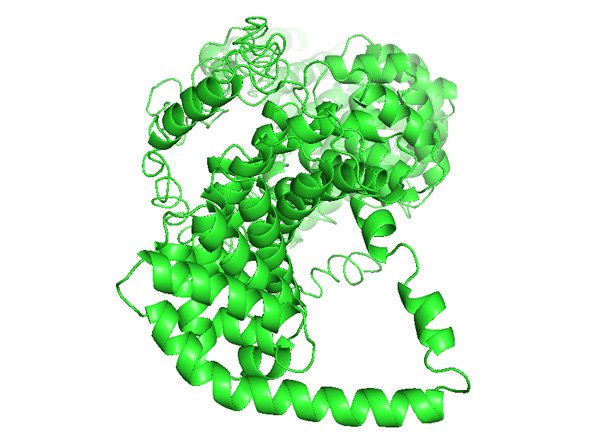Bioinformatics Database
CTNNB1: Catenin beta 1

Cellular Process
Bud stage of tooth development
Gene Name
CTNNB1: Catenin beta 1
Gene ID
1499
Gene Sequence
General Description
The protein encoded by this gene is part of a complex of proteins that constitute adherens junctions (AJs). AJs are necessary for the creation and maintenance of epithelial cell layers by regulating cell growth and adhesion between cells. The encoded protein also anchors the actin cytoskeleton and may be responsible for transmitting the contact inhibition signal that causes cells to stop dividing once the epithelial sheet is complete. Finally, this protein binds to the product of the APC gene, which is mutated in adenomatous polyposis of the colon
Alternative titles; symbols
CADHERIN-ASSOCIATED PROTEIN, BETA; CTNNB
Chromosome
Chromosome 3
Cytogenetic location
3p22.1
Encoded Protein
Catenin beta-1 isoform 1
Function of the protein in oral and tooth development
Wang et al. (2014) studied the expression patterns of WNT/β-CATENIN signaling components, including transducers (β-CATENIN), in human tooth germ at the bud, cap and bell stages by in situ hybridization. The results showed that Transducer β-CATENIN, also known as CTNNB1, was distinctively present in dental epithelial cells from the bud to bell stage. At 8th week of development, strong CTNNB1 expression was detected at the tip of the budding epithelium. At 12th week of development, the expression of CTNNB1 was observed in the dental epithelium, enamel knots and the mesenchyme surrounding epithelium. But at 15th week bell stage, CTNNB1 expression was limited in the inner enamel epithelium.
Jarvinen et al. (2006) found that expression of a stabilized form of beta-catenin in embryonic mouse oral and dental epithelium led to tooth buds that gave rise to dozens of teeth.
Dental and Oral Diseases
Protein Sequence
>NP_001895.1 catenin beta-1 isoform 1 [Homo sapiens]
MATQADLMELDMAMEPDRKAAVSHWQQQSYLDSGIHSGATTTAPSLSGKGNPEEEDVDTSQVLYEWEQGF
SQSFTQEQVADIDGQYAMTRAQRVRAAMFPETLDEGMQIPSTQFDAAHPTNVQRLAEPSQMLKHAVVNLI
NYQDDAELATRAIPELTKLLNDEDQVVVNKAAVMVHQLSKKEASRHAIMRSPQMVSAIVRTMQNTNDVET
ARCTAGTLHNLSHHREGLLAIFKSGGIPALVKMLGSPVDSVLFYAITTLHNLLLHQEGAKMAVRLAGGLQ
KMVALLNKTNVKFLAITTDCLQILAYGNQESKLIILASGGPQALVNIMRTYTYEKLLWTTSRVLKVLSVC
SSNKPAIVEAGGMQALGLHLTDPSQRLVQNCLWTLRNLSDAATKQEGMEGLLGTLVQLLGSDDINVVTCA
AGILSNLTCNNYKNKMMVCQVGGIEALVRTVLRAGDREDITEPAICALRHLTSRHQEAEMAQNAVRLHYG
LPVVVKLLHPPSHWPLIKATVGLIRNLALCPANHAPLREQGAIPRLVQLLVRAHQDTQRRTSMGGTQQQF
VEGVRMEEIVEGCTGALHILARDVHNRIVIRGLNTIPLFVQLLYSPIENIQRVAAGVLCELAQDKEAAEA
IEAEGATAPLTELLHSRNEGVATYAAAVLFRMSEDKPQDYKKRLSVELTSSLFRTEPMAWNETADLGLDI
GAQGEPLGYRQDDPSYRSFHSGGYGQDALGMDPMMEHEMGGHHPGADYPVDGLPDLGHAQDLMDGLPPGD
SNQLAWFDTDL
Mutations
Related Literature
Wang et al., (2014). https://doi.org/10.1007/s10735-014-9572-5
Järvinen et al., (2006). https://doi.org/10.1073/pnas.0607289103
